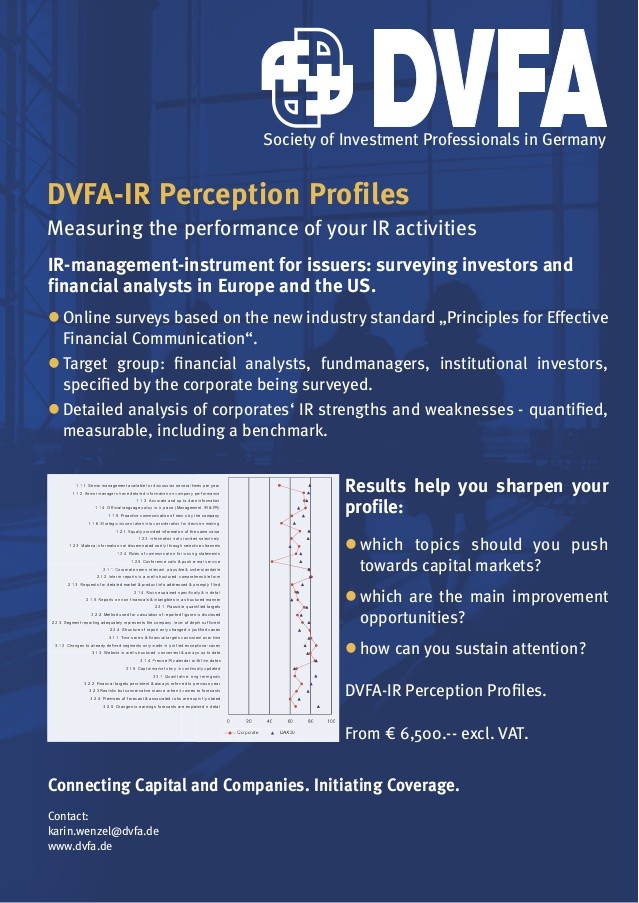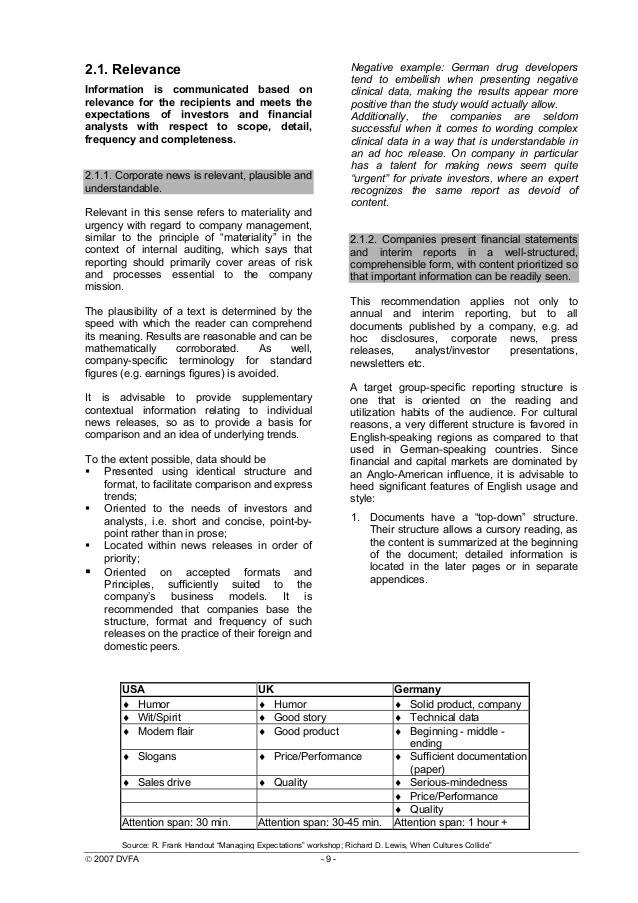TheManageMentor Finance Convertible bonds
Post on: 26 Апрель, 2015 No Comment

Convertible bonds
Convertible bonds, like warrants are options used to acquire common stock. Warrants are exercised by payment of cash to the issuing firm, whereas holders of convertible securities exchange them for common stock on predetermined terms. The value of convertible bonds is the value of the individual bond with the value of the conversion itself being evaluated as an option. Thus, the price of convertible securities has two lower bonds: its value as a security apart from the conversion feature and the value of the conversion itself. The conversion option is evaluated just as warrants are, keeping in view cash dividends and potential dilution. The bonds are evaluated as all bonds are. Some commonly used terms in relation with convertible bonds:
Conversion price: the price at which the bond is convertible
Conversion ratio: the number of shares received in exchange for each bond
The value of a convertible bond is determined by the value of the bond and the rate of convertibility (option). The value of the bond is simply the present value of coupon payments and the face value. This establishes a floor. The other floor is the conversion value, in which the low firm value and low bond value go together. Convertible securities come in different forms. These include complicated securities like a Liquid Yield Option Note (LYON), which is a zero coupon convertible bond, which is also callable and putable (meaning the bondholder can sell it back to the issuer at a specified price). In recent years, some issuers have issued convertible preferred or bonds, which are automatically converted (mandatory convertible).
Forced Conversion
Convertible bonds always carry the call feature that permits the issuer to call the bond at a specified price, and typically, a few years after bond issue. This feature enables firms to force conversion by calling the bonds for redemption. Ideally, firms should do this once the bond’s conversion value exceeds the call price. Empirical evidence indicates that financial managers do not consistently follow the optimal rule. They appear to wait a while. It is not uncommon to find convertible bonds with conversion values far exceeding their call price.
Difference Between Warrants and Convertibles:
While warrants and convertibles share many similarities, they are also different in many ways.
- Warrants are usually issued privately while convertibles are issued publicly.

Rationale for Issuing Warrants and Convertibles
Typically, convertibles and warrants are issued by smaller and more risky firms, who have trouble getting unsecured and subordinated debt at reasonable costs. The market, on account of asymmetric information, tends to overestimate the risk of these firms. By offering convertibles or warrants, the firm will be able to lower its agency costs. These securities act as a warranty for investors, assuring them that the management will not act against bondholders’ interest.














